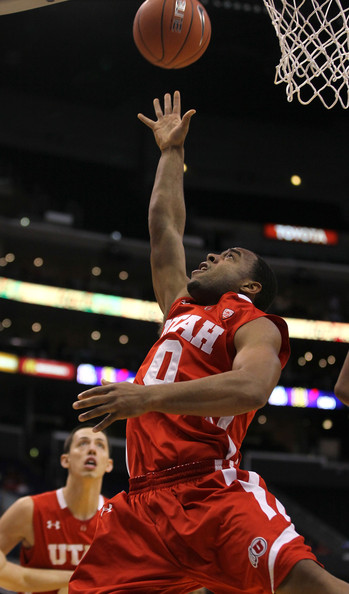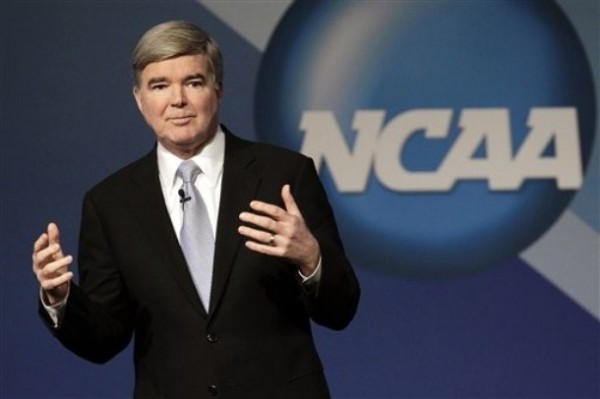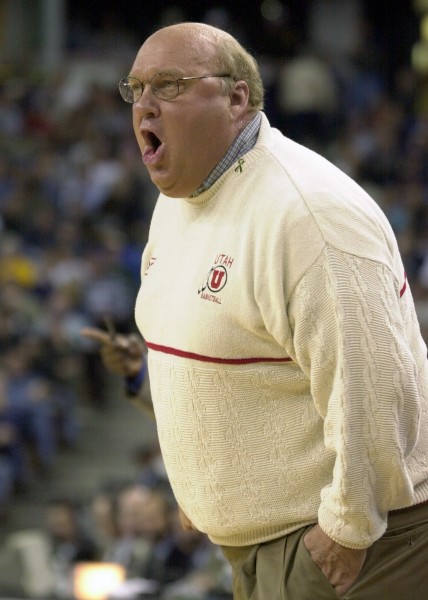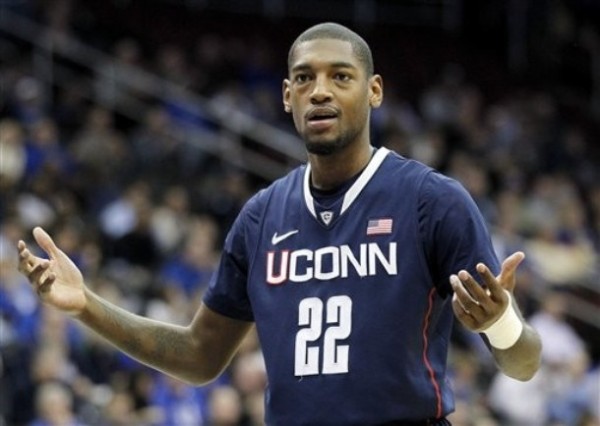ACL Well: Analyzing Six Huge Returnees From ACL Injuries
Posted by Chris Johnson on August 29th, 2012Chris Johnson is an RTC columnist. He can be reached @ChrisDJohnsonn.
The fickle nature of college hoops owes itself to a number of different factors. Every year there are a handful of teams that underperform or overperform versus expectations for various reasons, from team chemistry to coaching philosophy to collective work ethic. Perhaps the most uncontrollable element of a team’s performance is injury, the sudden and often catastrophic medical ailments that – in the blink of one single cut to the hoop, defensive rotation or hard sprint down the court – dramatically alter teams’ seasons and programs’ trajectories. Last season we saw several injuries to key players, some more impactful than others, fundamentally shift the competitive balance in various leagues. For those players, the situational outlook was bleak: not playing competitively with the team you’ve spent all summer practicing with just plain stinks. But for the most part, their departures faded into the periphery as the season wore on, players began furiously rehabbing their various injuries, teams adapted and college hoops rolled along with minimal fuss.
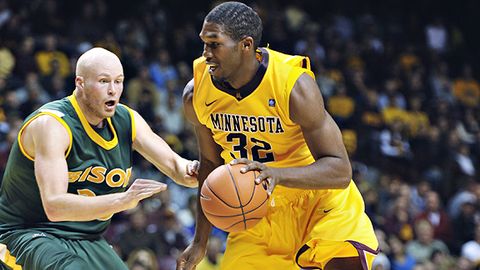
If Mbakwe can return to form, the Gophers could be poised for an NCAA Tournament berth (Photo credit: Tom Olmscheid/AP Photo)
There was a strikingly large proportion of one particular injury last season, or at least it seemed that way for several of the sport’s most influential medical breakdowns. It’s known as the anterior cruciate ligament (ACL) tear, and it’s one of the most common and oft-repeated of all athletic detriments. A complete recovery normally requires major surgery, between six and nine months worth of substantial rehabilitation and a cautious return to athletic activity. I’ve identified six instrumental players who experienced this very process after tearing their ACLs last season and all of them are expected to return – rehabbed and ready to go – for a redeeming 2012-13 campaign. Each player is rejoining their teams (or in some cases, new teams) under slightly different circumstances from which he left, with situational and rotational specifics dictating the terms of their returns. I’ve tried to dig into some of the circumstantial elements playing into these players’ comeback seasons and how you should expect them to fare this season. Here are the results of my research, a full-fledged breakdown of college hoops’ big-name torn ACL-returnees. Enjoy… and try your best to avoid a similar fate.
Trevor Mbakwe (sixth-year senior, Minnesota)
This isn’t unfamiliar territory for Mbakwe. Way back when he still played for Marquette – the same year (2007-08) Mario Chalmers’ legendary three-point shot KO’d a high-powered Derrick Rose-led Memphis team in the national finals – Mbakwe missed the majority of the season with a knee injury. He recovered, packed his bags and moved on to Miami Dade Community College, where he averaged a modest 16.3 PPG/13.2 RPG double-double while earning Southern Conference Player of the Year Honors. When he eventually made his way to Minnesota, after sitting out the 2009-10 season while awaiting trial for a felony assault charge, Mbakwe unleashed the ferocious rebounding and inside scoring touch he demonstrated in the JuCo ranks on Big Ten forwards. Much to the chagrin of Tubby Smith’s middling program, Mbawke had only played one full season and six full games last year before going down with an ACL tear.





























